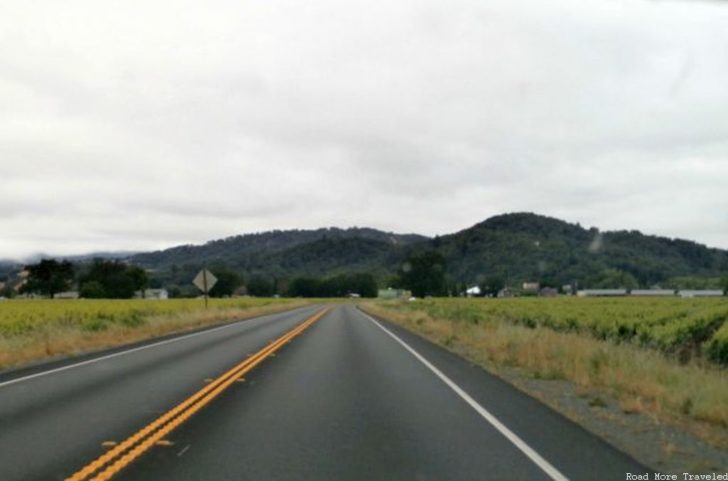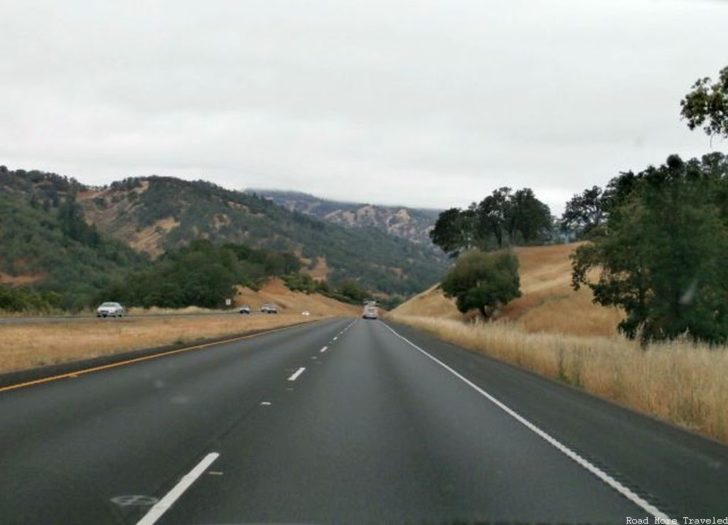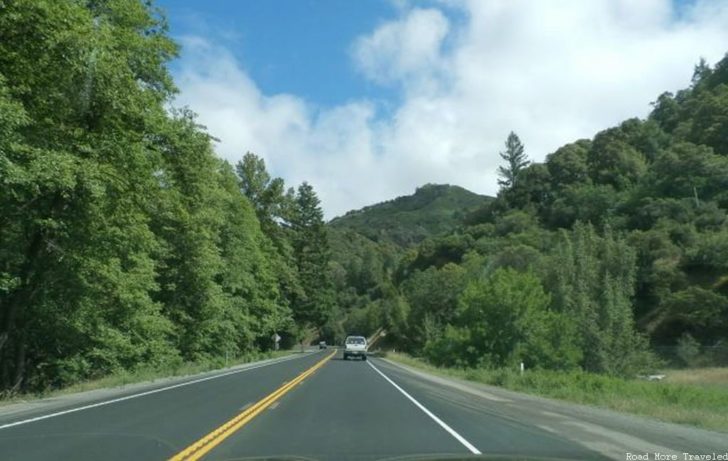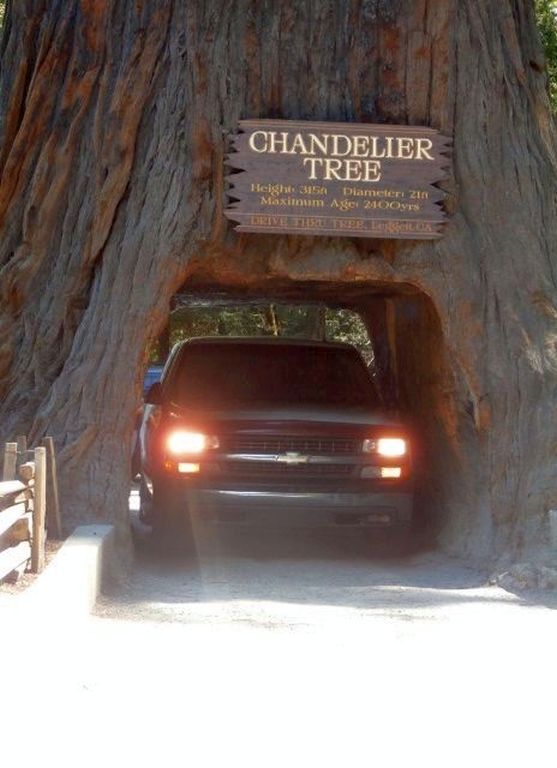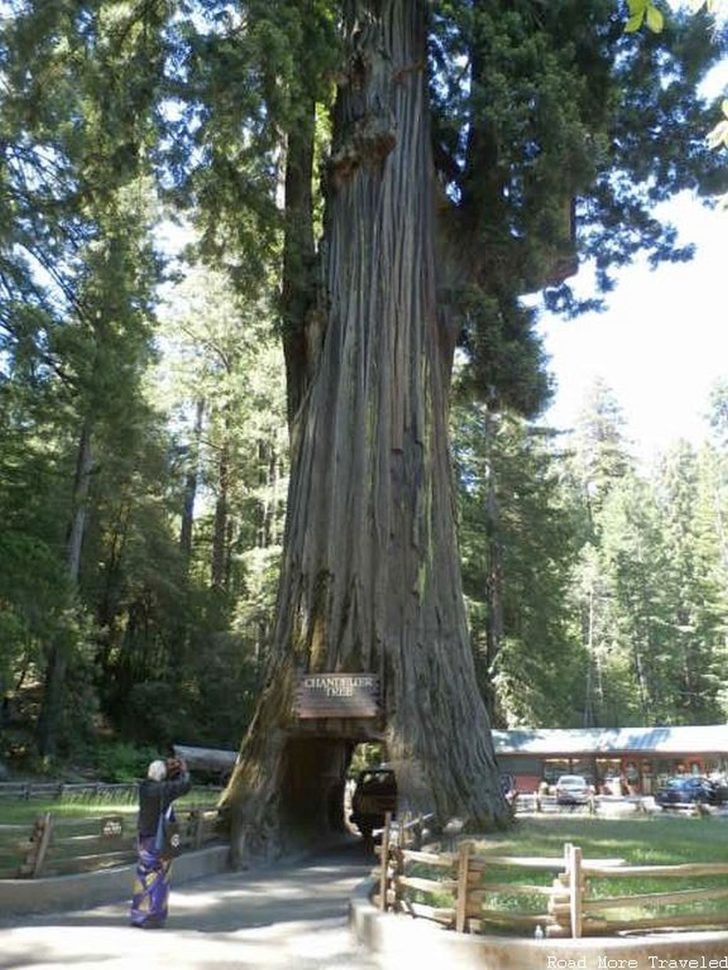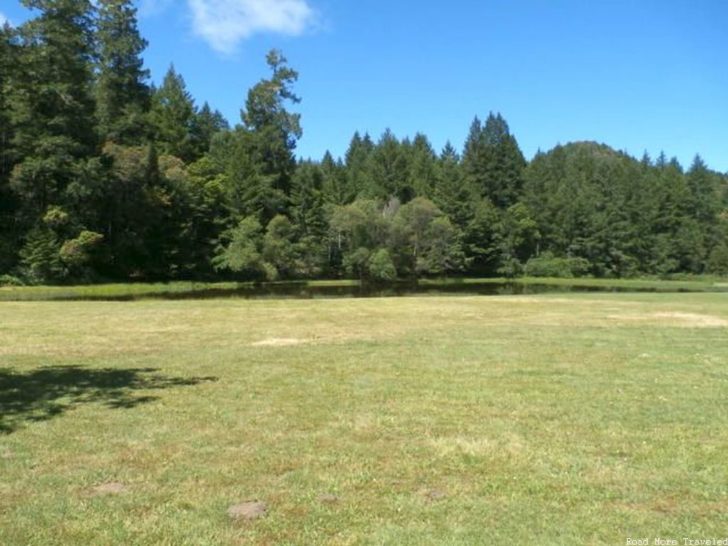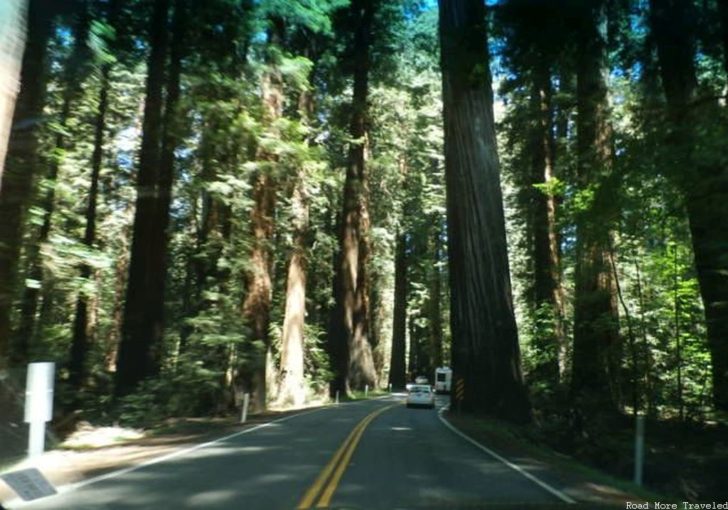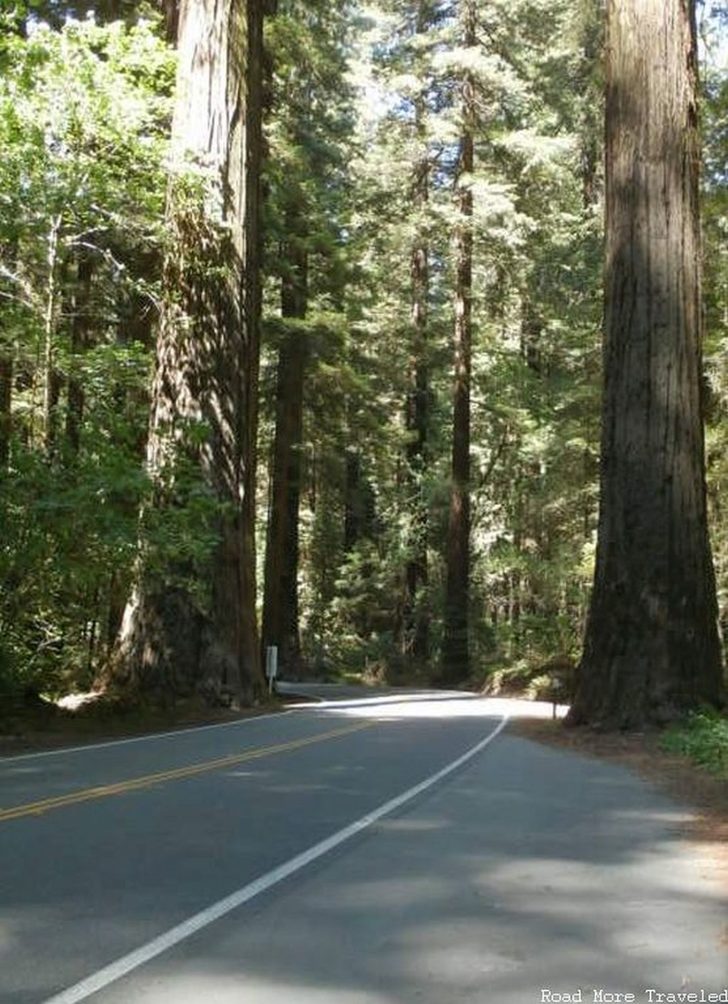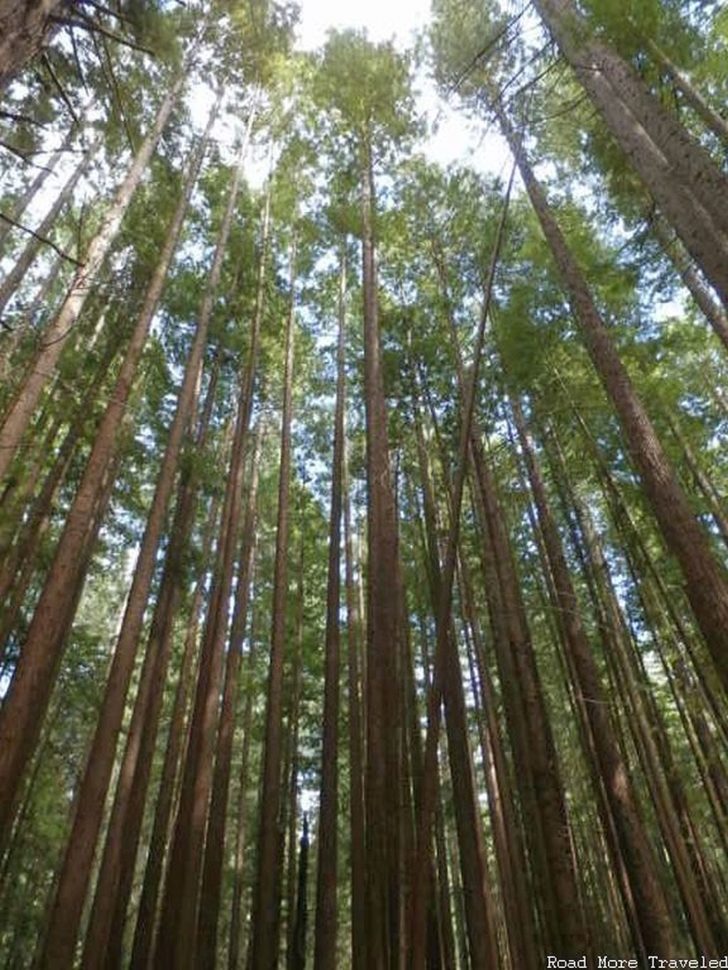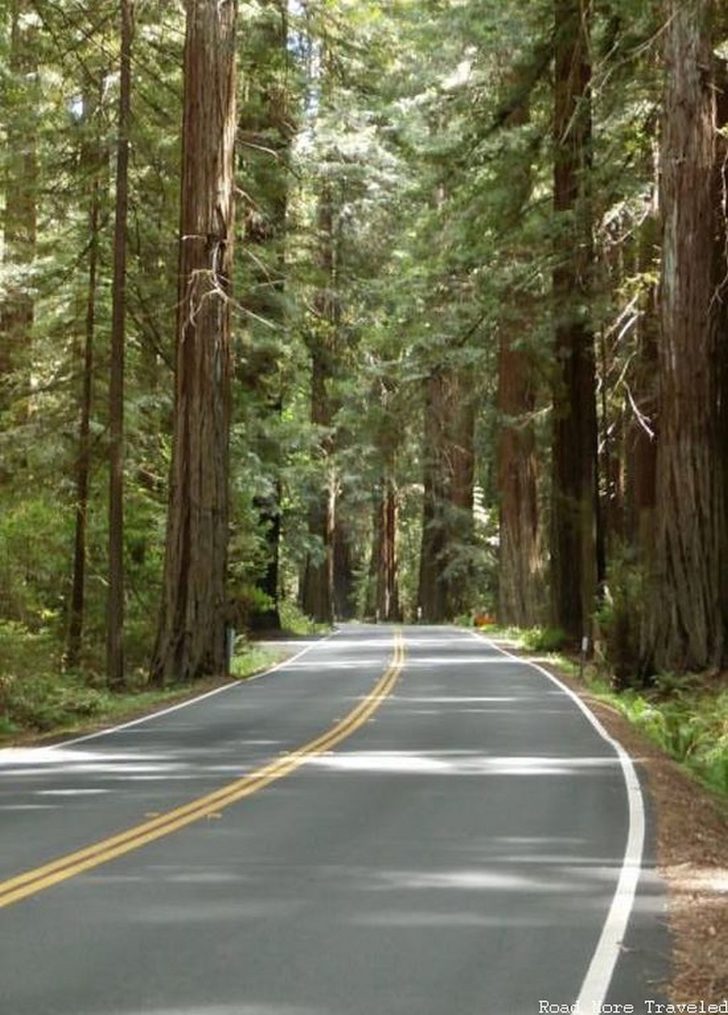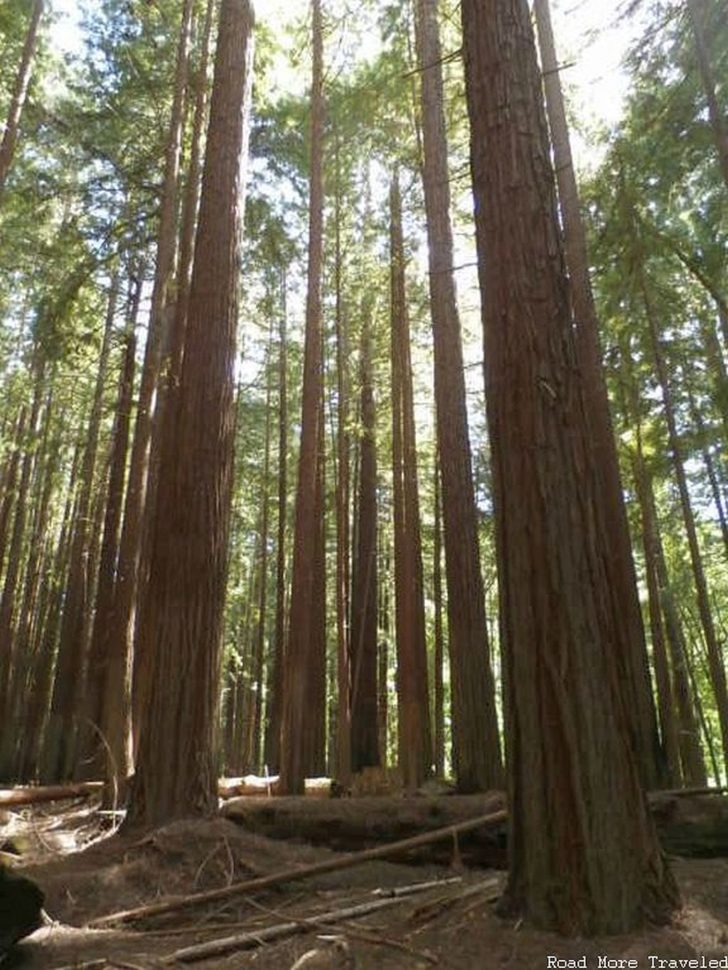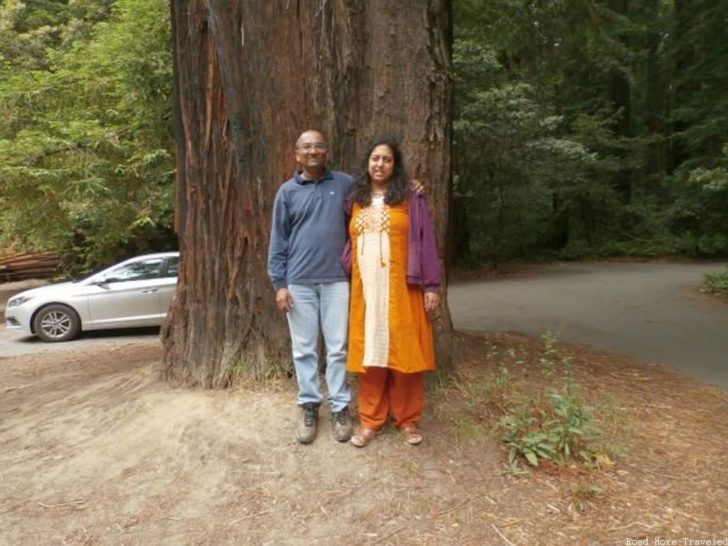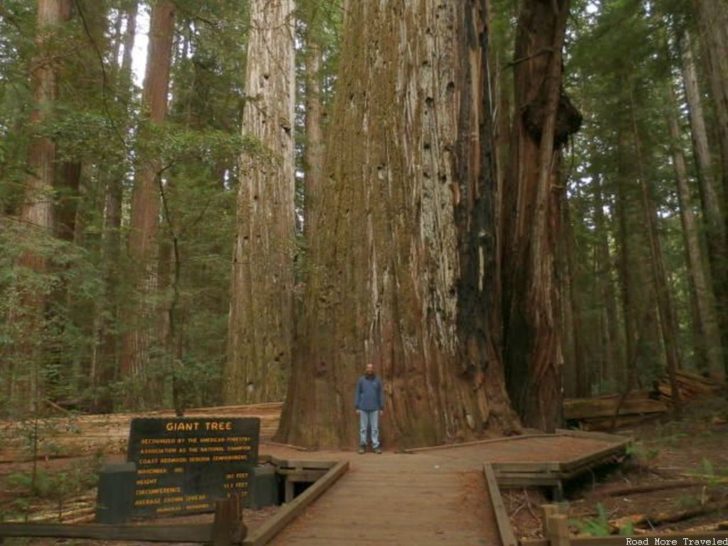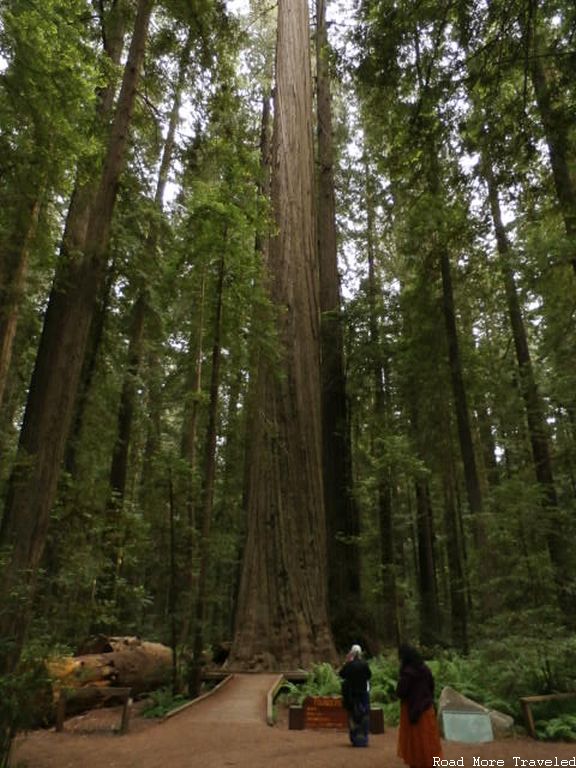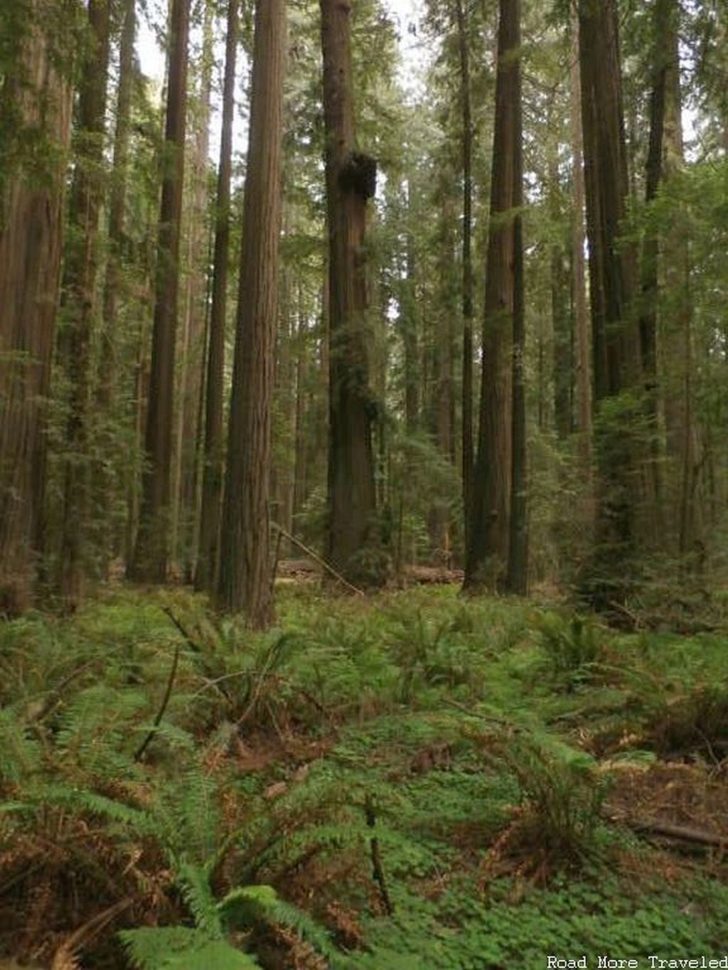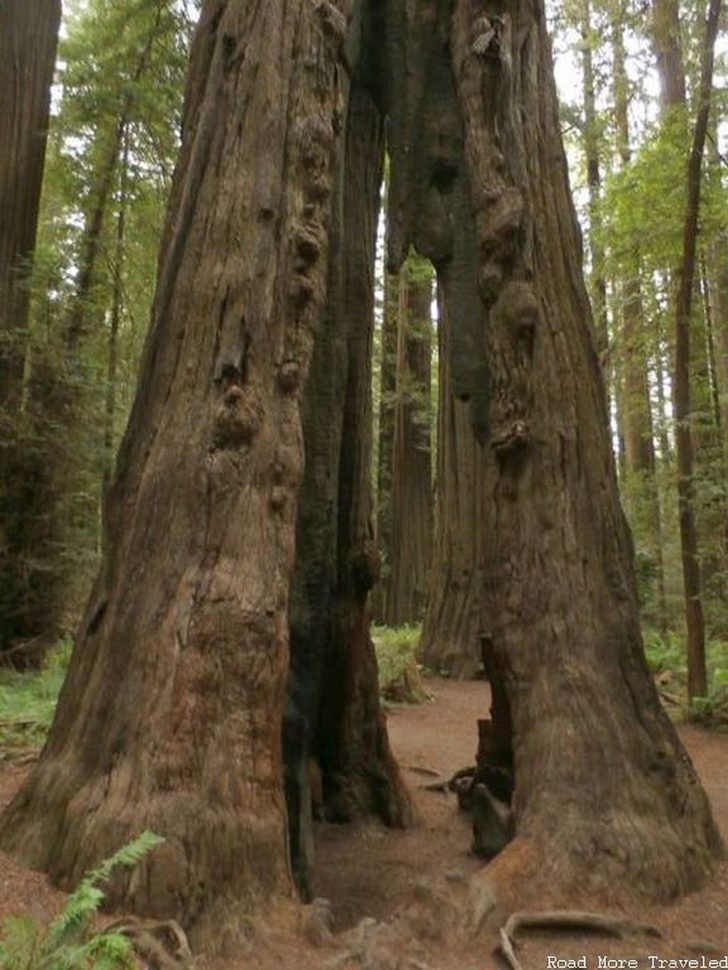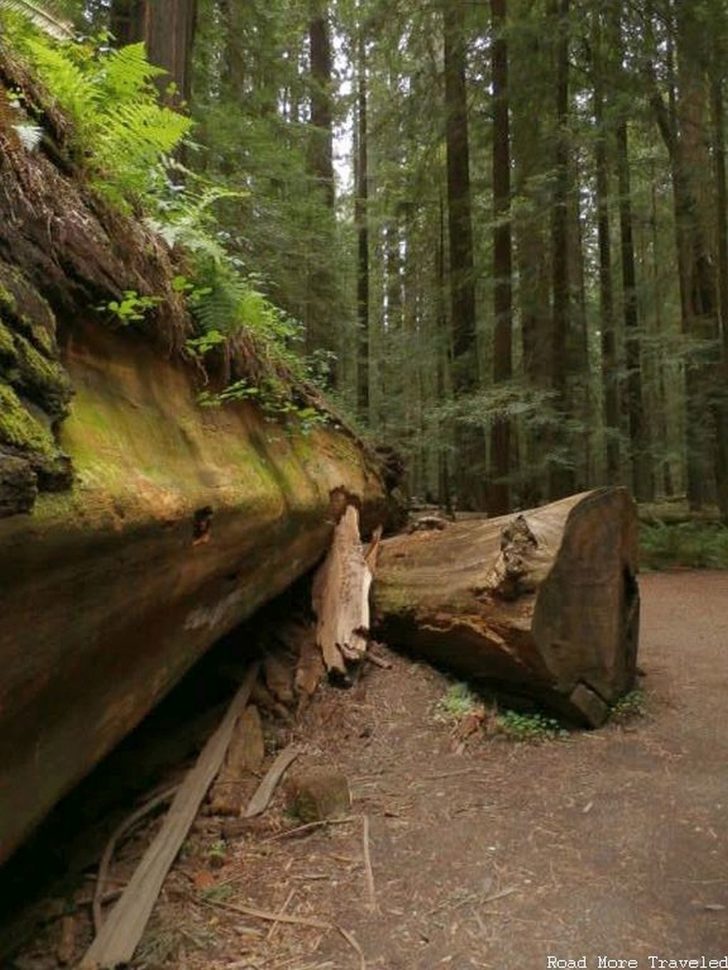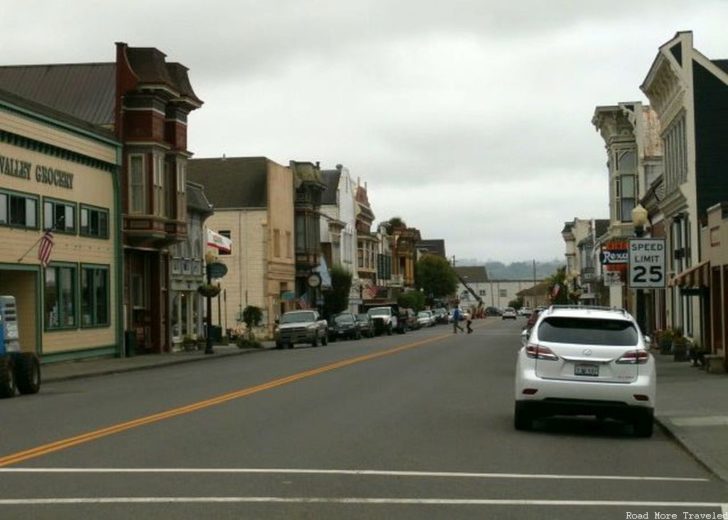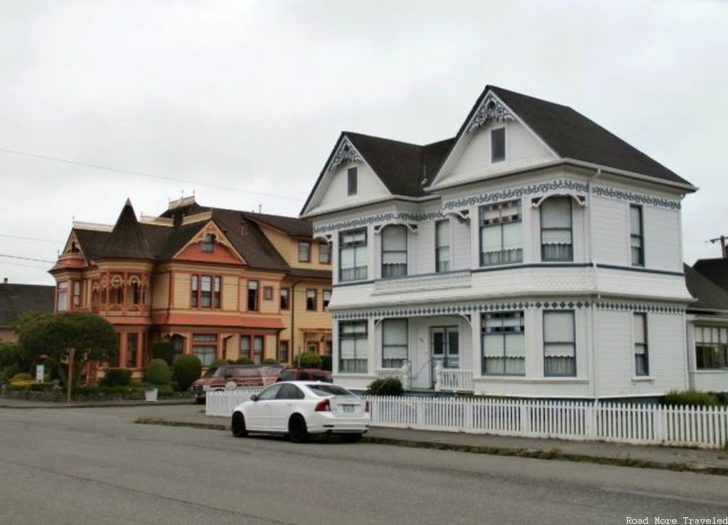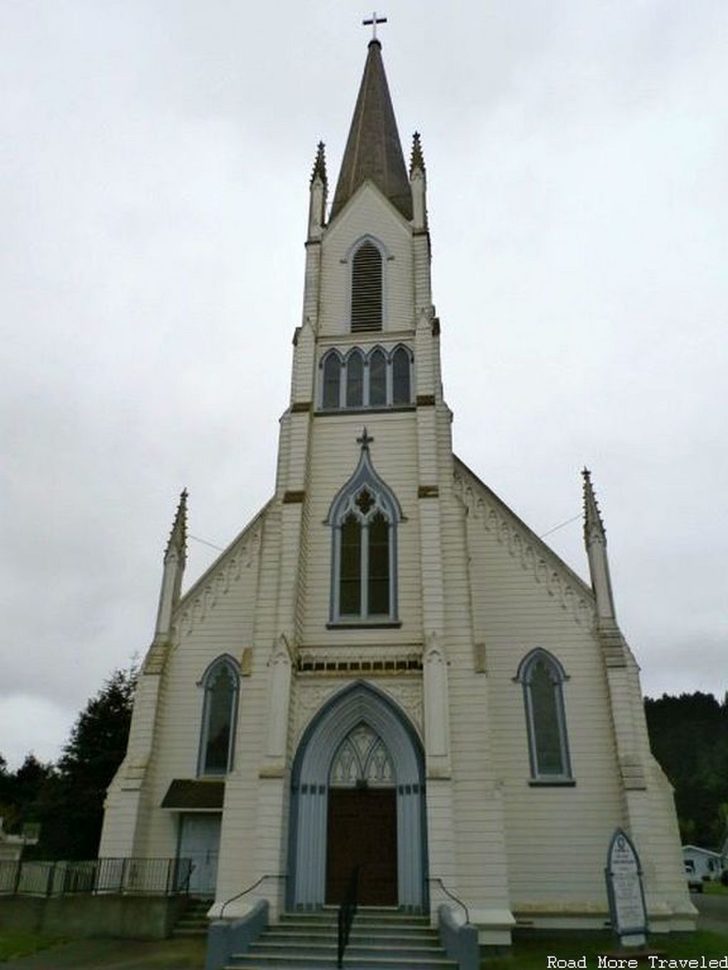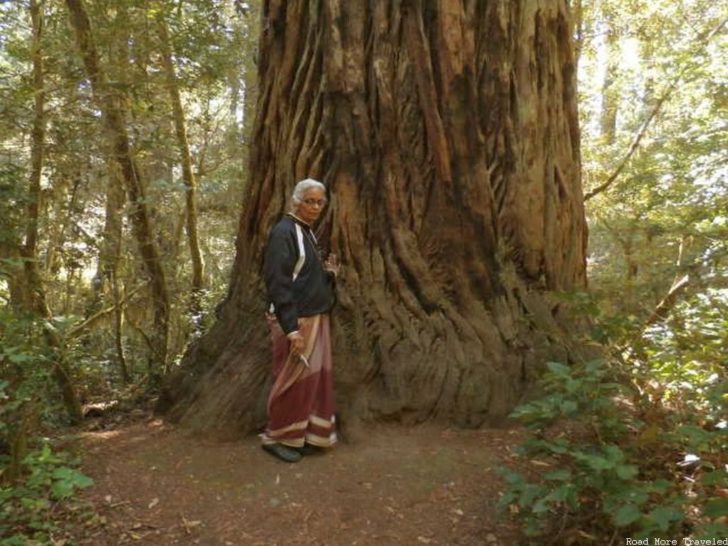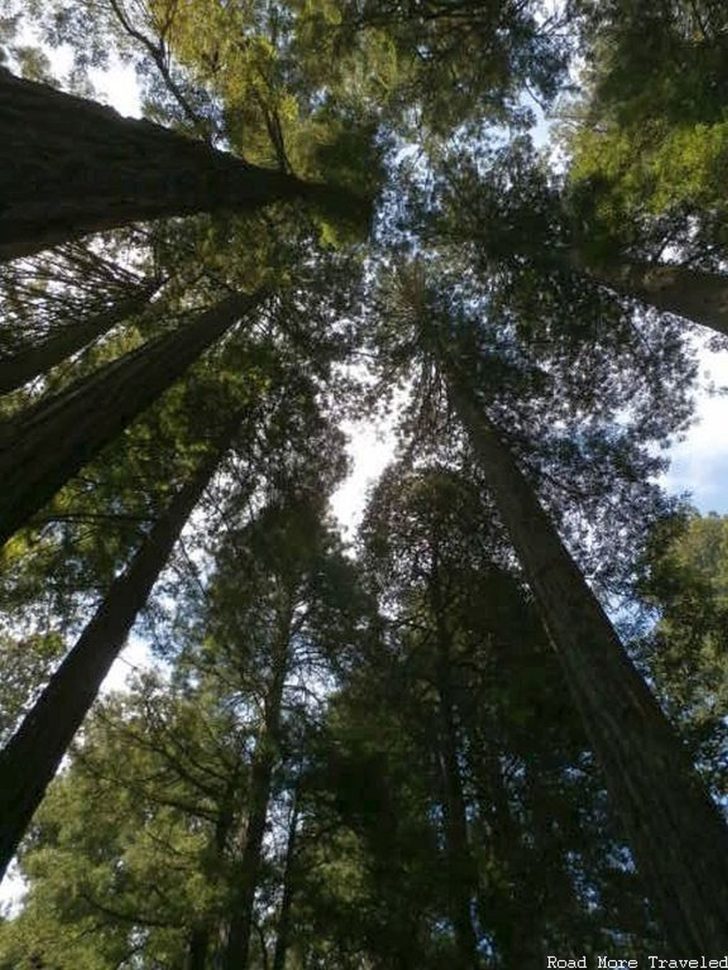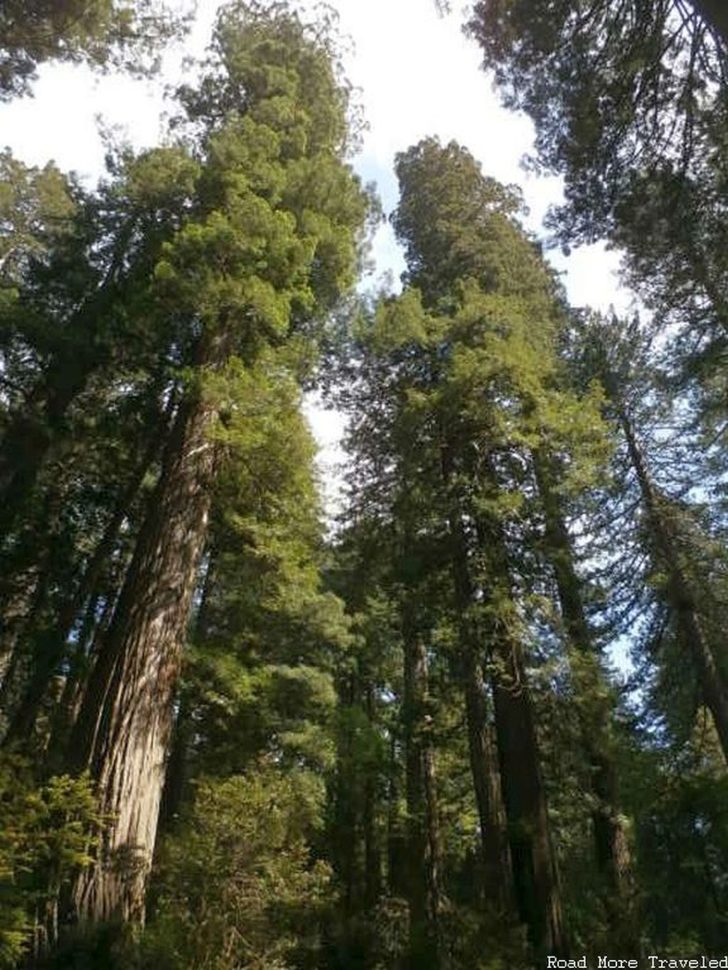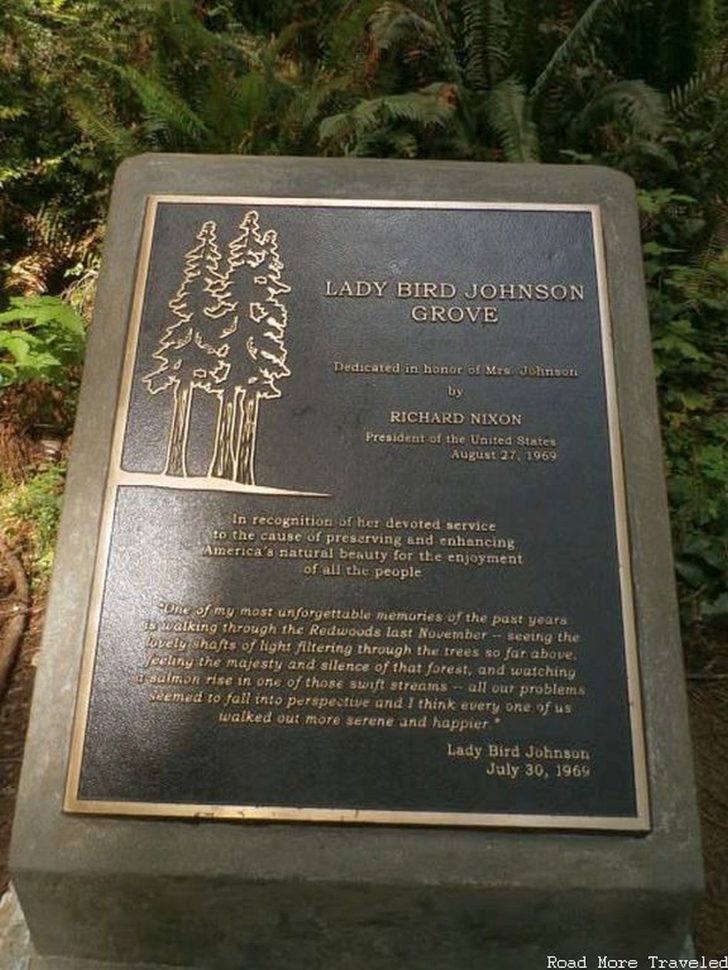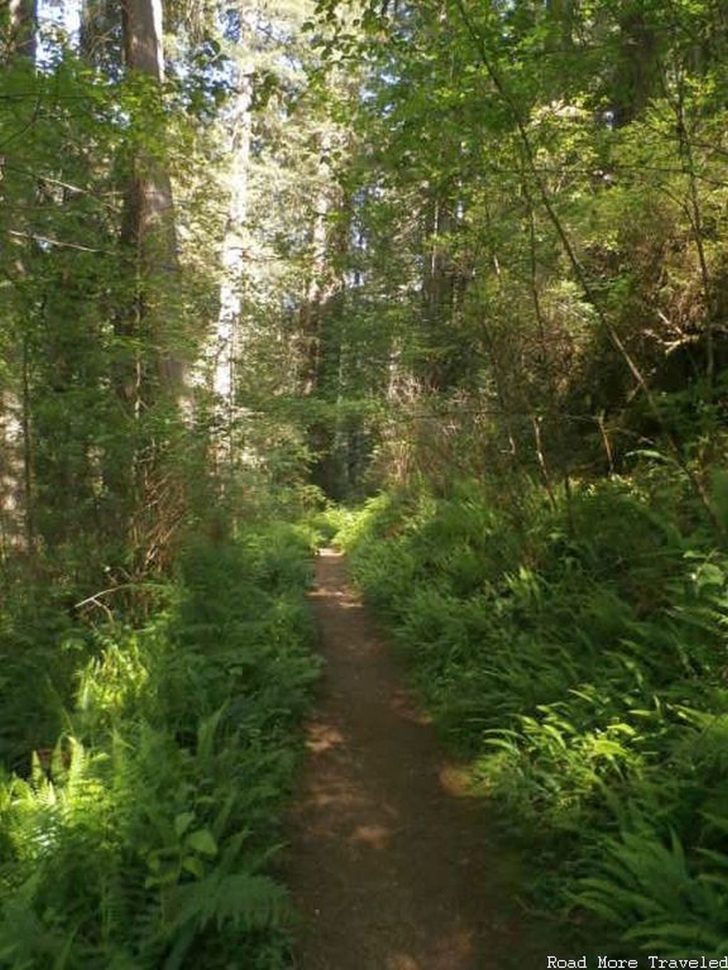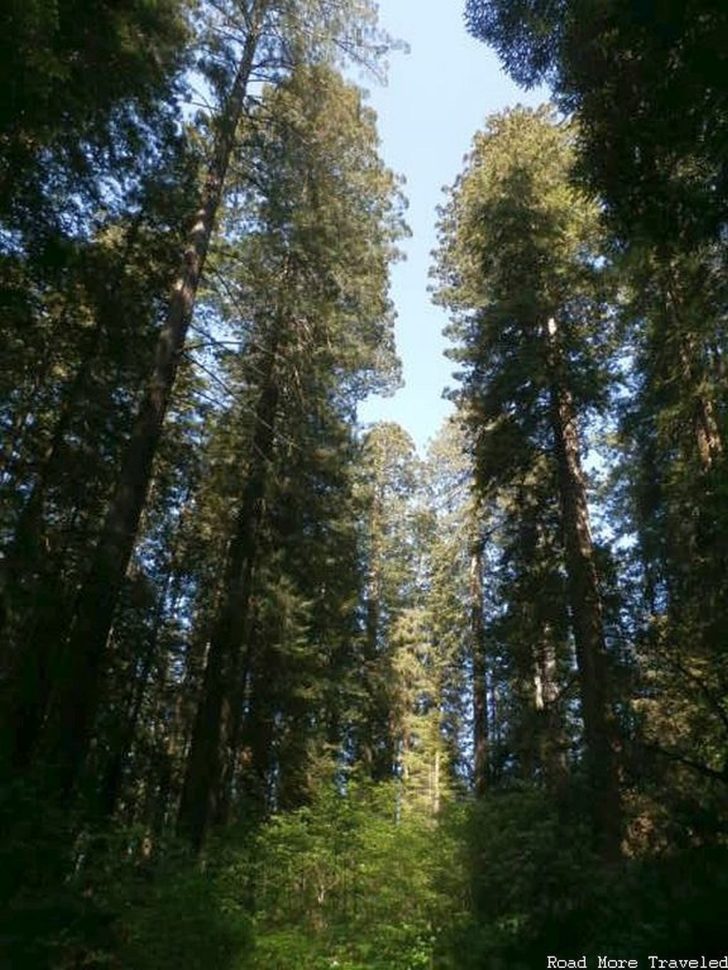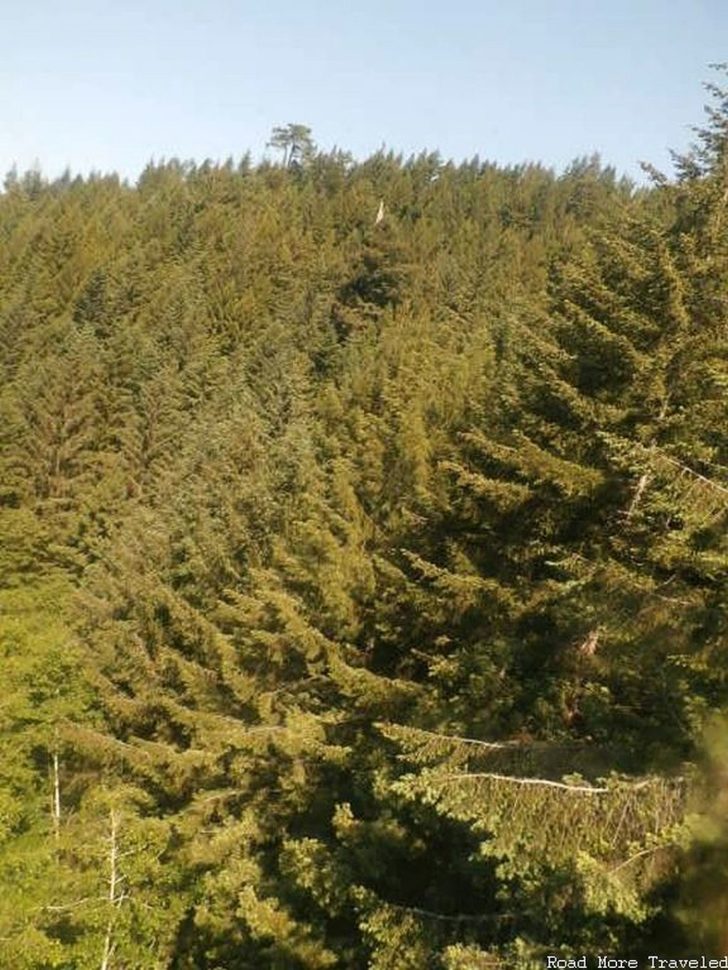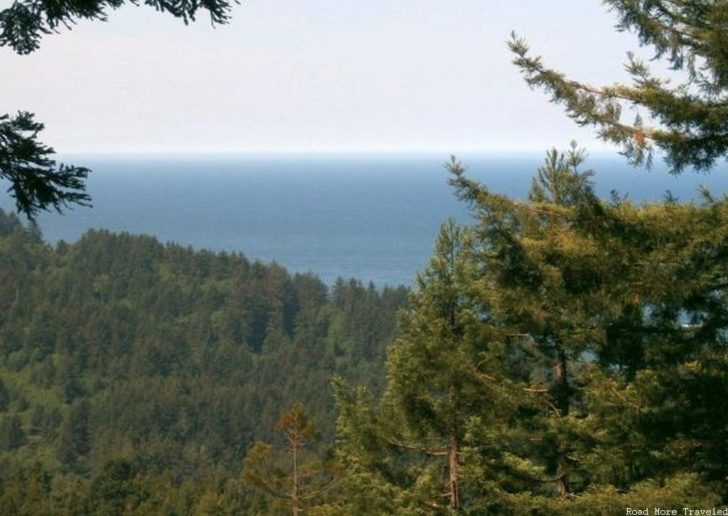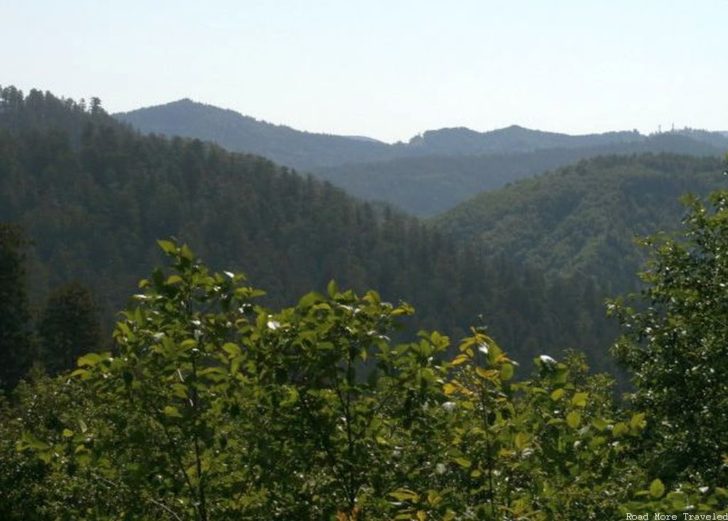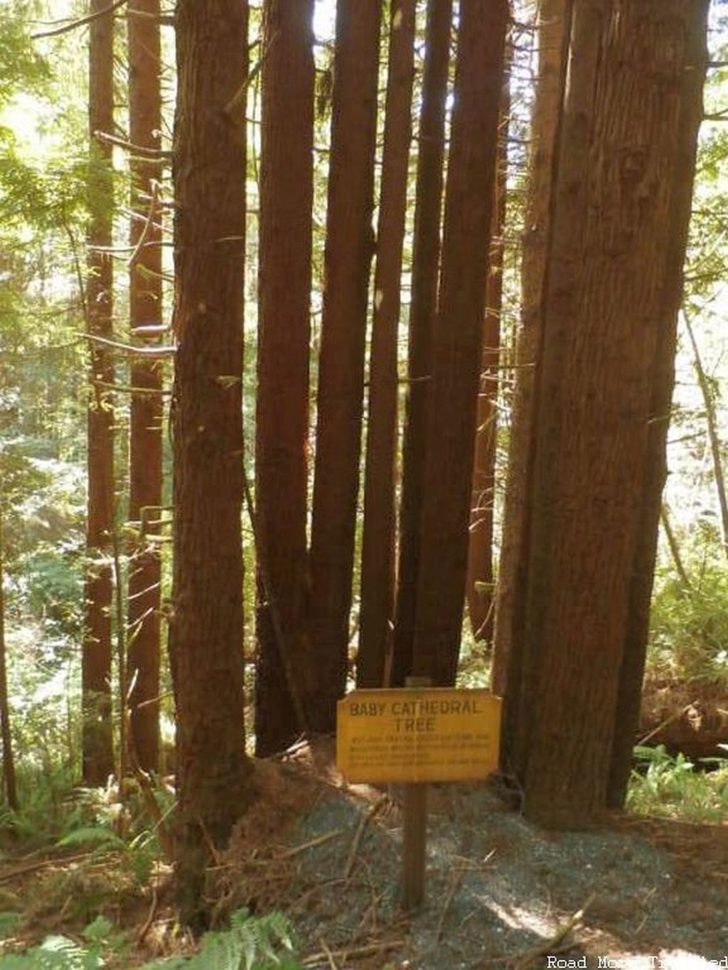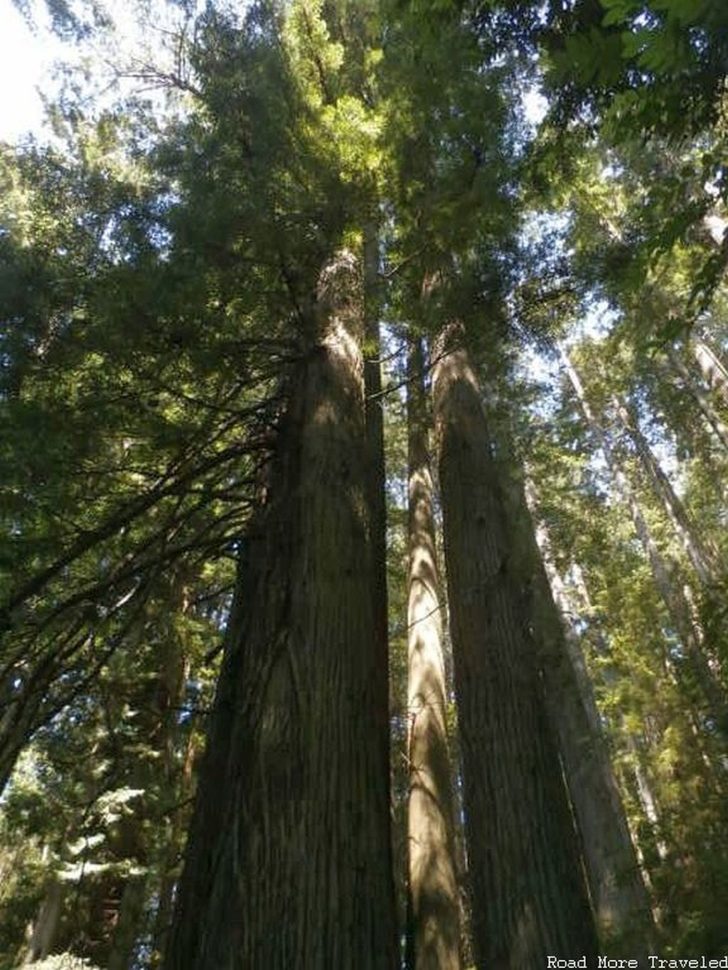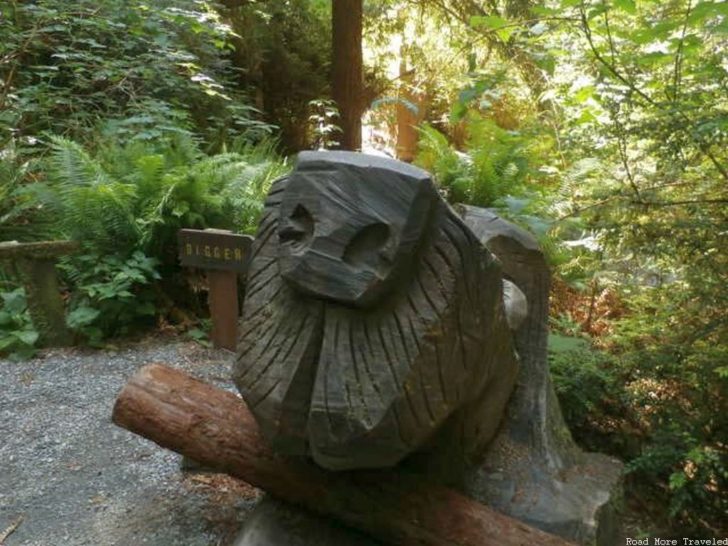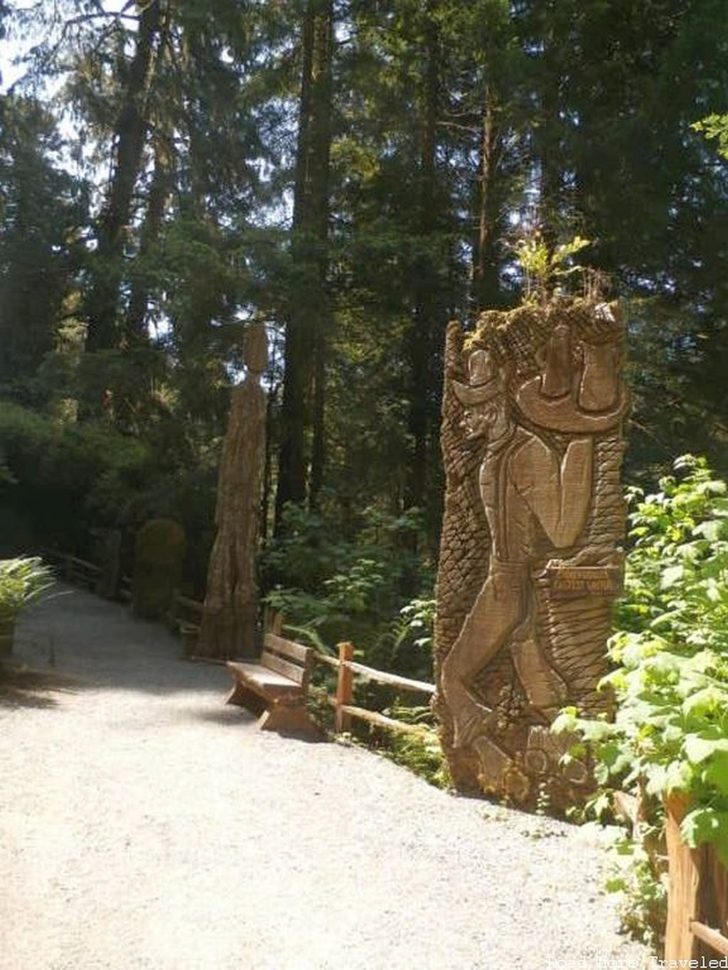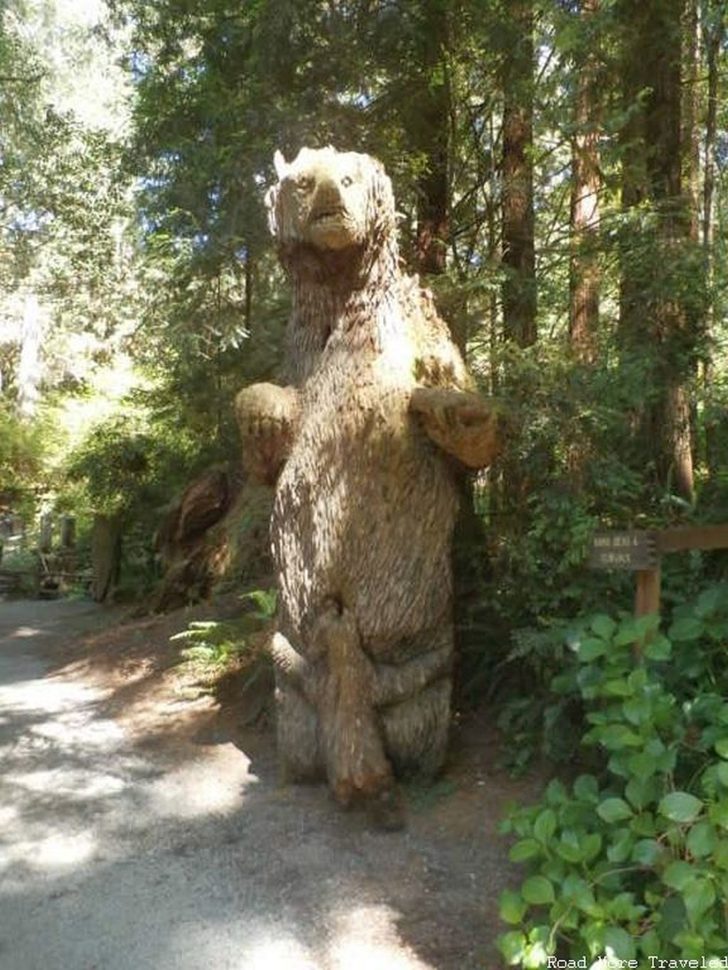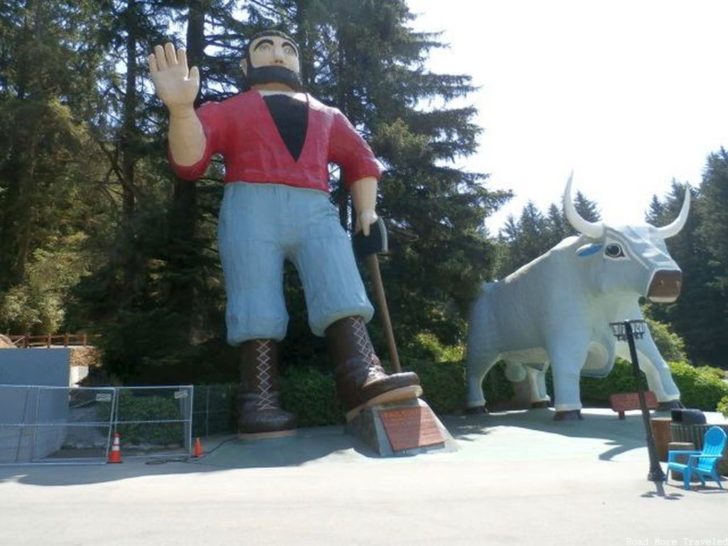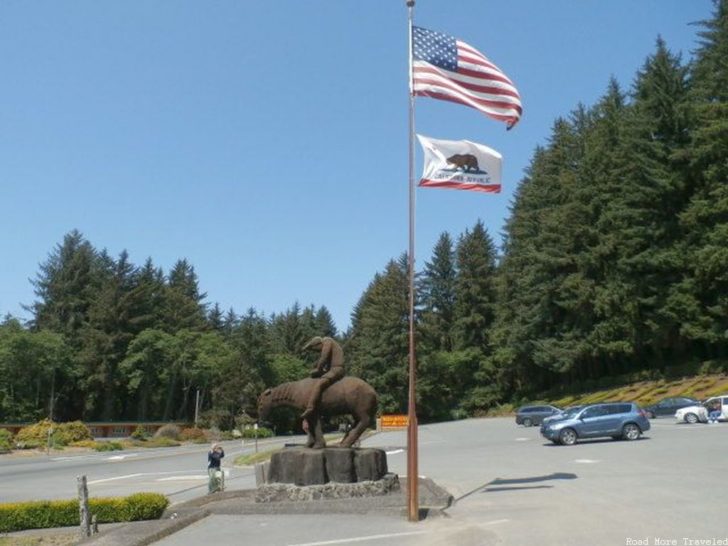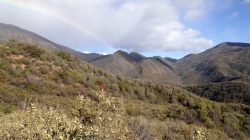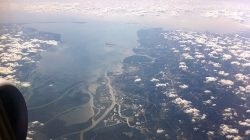In my last post, I covered our drive up the California coast, focusing on the “coast” part of the equation. Our primary goal for this trip, though, wasn’t the water, but a different aspect of nature – gigantic trees. Specifically, the coastal redwoods, the tallest of the redwood/sequoia species due to the unique climactic conditions of Northern California. Redwoods naturally occur as far south as Monterrey County, in the vicinity of Big Sur. However, the most famous, and tallest, stands are found much farther north, in Humboldt and Del Norte Counties. Specifically, beginning near Leggett, about 180 miles north of San Francisco. The trees here can grow to more than 24 feet wide and 350 feet tall. Some are more than 2,000 years old. Today’s report follows Highway 101 from Cloverdale, in Sonoma County, north to Crescent City, just shy of the Oregon border.
Dates of visit: May 25-27, 2016
Our trip through the redwoods would span Wednesday through about half of Friday. To avoid Wednesday morning rush hour in San Francisco, we gave ourselves a head start Tuesday night, driving about 80 miles north for an overnight in Sonoma wine country. Our drive the next morning took us through some truly gorgeous country on the northern fringes of wine country.
Eventually, the terrain becomes greener and somewhat more mountainous as the highway continues north into an increasingly moist environment.
Before long, the highway reaches Leggett, the unofficial start of redwood country. If you take the scenic Highway 1 out of San Francisco, you’ll rejoin the 101 here. Leggett itself is but a speck on the map, but the first of redwood country’s tourist traps can be found here, the Chandelier Drive-Thru Tree. Drive-Thru trees were a common attraction beginning in the 1920s/1930s. As the name suggests, someone cut a hole in the trunk of a giant tree so that cars could drive right through them. As time went on, the negative impacts of cutting paths through the trees became better understood and the practice was discontinued, but a few of the originals still exist. The Chandelier Tree “opened to traffic” in 1937. Today, for an admission fee of $5, you can still drive through it.
I wasn’t brave enough to chance it in a rental car, something I’m sure the folks at National appreciate. The good news is, if you don’t want to try squeezing your car through the tree, there are other things to enjoy in the park, namely the tall trees, and a meadow/lake where you can enjoy a picnic.
Overall, not a bad use of $5. But if the Chadelier Drive-Thru Tree doesn’t strike your fancy, there are several others farther up the road. We didn’t stop at any of those; once you’ve seen one drive-through tree, you’ve pretty much seen them all.
Back on the highway, you soon pass through Richardson Grove State Park, one of California’s first redwood preserves. With the highway passing right through the middle of the park, you’re literally driving right through the middle of a grove of giant trees, with the massive trunks just a few feet from the road’s edge.
After a quick visit to the black sand beach of Shelter Cove (covered in my previous report), we began our trek along the aptly named Avenue of the Giants. The “avenue” is actually the old route of Highway 101, before the freeway bypass was built. The road provides roughly 31 miles of scenic beauty, from just north of Redway to just south of Scotia. You’ll see lots of scenes just like this along the twisting, turning two-lane stretch of blacktop.
You’ll also find access to several hiking trails through groves of large trees along the road via the various state parks lining the route. North of Myers Flat, you’ll see a turnoff for the Garden Club of America Grove in Humboldt Redwods State Park. Access to the grove is free, and there is a decent trail system along and across the South Fork of the Eel River. We quickly ran into a swarm of bees, though, so we just stuck to walking around the grove between the parking lot and the main road. The ground here is pretty level, and so makes for an easy walk if you just want to stretch your legs for a few minutes. This is an area of younger, and thus “smaller”, trees.
Continuing north, after crossing under the freeway, a left turn leads to Mattole Road, which takes you deep into the heart of Humboldt Redwoods State Park. There is a small loop trail, the Rockefeller Loop, just after turning off onto the road. If you continue in a few more miles, you’ll come across the simply named “Big Tree Area” along Bull Creek. (Caution: the road is rough and winding in spots.) Admission is free. Two trees in particular are notable in this grove. The first is right next to the parking area – and yeah, it’s pretty darn big.
But the grand daddy of them all is across the creek. The appropriately named “Giant Tree” measures 363 feet tall and more than 53 feet in circumference. Let’s just say, you feel really small when standing next to something this enormous.
In order to get to this tree, you either have to walk through the water to the other side of the creek, or clamber up the side of a redwood trunk turned into a makeshift bridge. There is no real step to get up to the tree bridge, so you’ll literally have to scale up the side. Not the easiest thing to do given how big these trees are. The trail itself is easy and level.
After finishing up here, we headed back to the Avenue of the Giants, then backtracked just a short distance to the south to visit the Founders Grove, the most popular of Northern California’s redwood groves. The grove features a roughly one mile loop trail through the forest. Admission is free, and the trail is level. You don’t have to go very far to find your first big tree – the “Founders Tree” is located very near the start of the trail, measuring 346 feet in height.
There are a few other notably large trees in this grove. Perhaps more notable, though, is the abundant fern cover on the ground.
There are also a few interesting specimens, like this tree that survived a fire but now has a trail going through its trunk.
The biggest attraction of this grove is the remnants of the Dyerville Giant. At one time, it was the tallest known coastal redwood in the state, towering over the forest at 362 feet high. The tree toppled in a storm in 1991, however, and reportedly, the enormous crash triggered nearby seismographs. Now, the giant is a pile of driftwood. A REALLY big pile of driftwood.
The downside to this grove? Given its proximity to both the freeway and the Avenue of the Giants, it gets crowded. Since we were there in late May, it wasn’t too bad. I have heard, though, that it gets crowded and noisy during the peak summer season.
We ended our Wednesday tour after seeing the falling giant, picking up the next day with a visit to the Humboldt Lagoons and a couple of far northern California’s unique beaches before seeing more giants in Redwood National Park. Along the way, while it’s not a grove of trees, there is a unique town worth seeing just a little south of Eureka, the Victorian village of Ferndale. Many small towns in America have a couple of Victorian-style buildings or houses here and there. But in Ferndale, almost the entire town has been preserved in its late-19th/early-20th century grandeur. It’s well worth the short detour off of the 101 to stroll around the town and soak in the history.
By mid-afternoon, we reached our next, and perhaps best of the trip, redwood grove, the Lady Bird Johnson Grove. The grove features a roughly 1.5-mile loop trail through the redwoods, a few miles off Highway 101 on Bald Hills Road. The grove is within the boundaries of Redwood National Park. Unlike most National Parks, though, Redwood does not charge entry or usage fees. This grove is a little unusual in that it’s located at an elevation of nearly 1,200 feet. Typically, this elevation is unfavorable for redwood groves. But somehow, a nice giant grove ended up here. The trail features a slight elevation gain, though is wide, and the slope is fairly easy. Advisory: the road up to the trailhead is quite steep, and can be a little difficult on the way down as you’ll pick up speed in a hurry.
So why the name Lady Bird Johnson Grove? Lady Bird herself hiked up this trail on July 30, 1969 for the grove’s dedication. The marker is a little more than half a mile from the trailhead.
Prita and mom were pretty well petered out after that last hike, so most of the rest of the afternoon was dedicated to driving, though I took a few moments to check out the Ah Pah Trail on the northern end of the Newton B. Drury Scenic Parkway. This is a short, easy .6 mile roundtrip that follows an abandoned logging road through a small grove of redwoods. The undergrowth is fairly interesting here. Logging ended in the area about 30 years ago, but since redwoods take so long to grow, the young forest still resembles ferns and shrubbery in many areas.
The trail dead-ends at a fairly nice panorama of redwoods.
Friday would be our last day in redwood country, and we were set to spend most of the morning at a long-time tourist trap type of attraction, Trees of Mystery in Klamath. The privately run park has been a Northern California institution since 1946. It features a gift shop, Native American museum, and interpretive trail system. The big attraction here, though, is the SkyTrail, an aerial tram that takes visitors to a viewpoint at an elevation of 571 feet. From here, you can take in the view of both the Pacific Ocean, and the lush green mountains of the Coast Ranges to the east.
View from the gondola about halfway up
Ocean view
Lush, green mountains
The rest of the park features big trees, of course, but also some artwork on the way down.
There’s also a giant sculpture of Paul Bunyan and his sidekick, Babe the Blue Ox, in the parking lot.
Also in the parking lot is a replica of James Earle Fraser’s famous “End of the Trail” sculpture, a tribute to Native Americans featuring a warrior going limp as his horse abruptly reaches the end of the line. In this replica, though, a buffalo replaces the horse. The original is located in Mooney Grove Park in Visalia, California.
You can mix and match your experience at Trees of Mystery. The trail to the SkyTrail station is roughly half a mile, with a moderate uphill slope. If you’re feeling too lazy to walk, you can ask for a free shuttle to the station. The driver will actually give you a nice overview of the history of the park, and some of the attractions along the trail. Or you can walk one way, and take the shuttle the other. If you really want a workout, try walking down from the top SkyTrail station to the bottom, about one mile. Admission is $16 for adults, $12 for seniors, $8 for kids 6-12, and free for kids 5 and under. I have to say the park is pretty cheesy overall, but the SkyTrail is awesome. Plus, if you’re traveling with kids, they’ll enjoy it.
There actually are several other redwood parks to see in the Crescent City area, but we ran out of time. Maybe next time.
Next week: a look at the Historic Requa Inn, a charming bed & breakfast along the banks of the Klamath River.
Note: this is part of my trip report series about our trip to California in May. Click here for the trip report index and introductory post.

